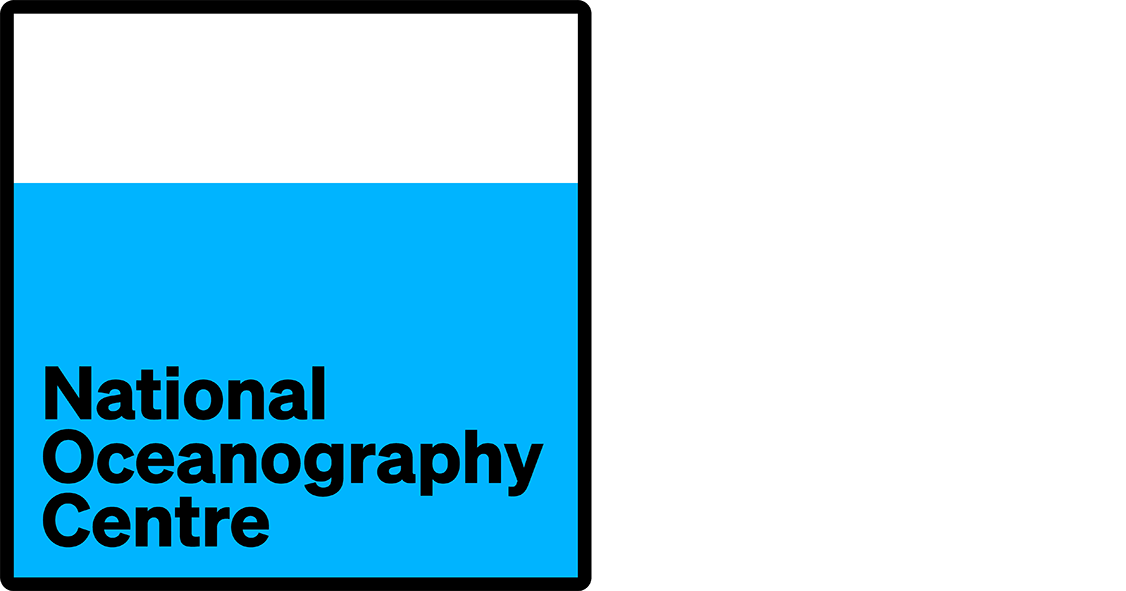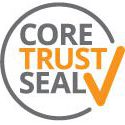RRS Discovery Cruise D321 (D321A) Discrete Oxygen CTD Samples
Cruise details
Content of data series
| Parameter | Units | BODC Parameter code | No. of Samples | Comments |
|---|---|---|---|---|
| Dissolved oxygen | µmol l -1 | DOXYWITX | 335 | No unit conversion required |
Originator's Data Acquisition and Processing
Sampling Strategy
Discrete dissolved oxygen bottle samples were taken from 52 CTD casts during the D321(A) cruise to the Icelandic Basin and Extended Ellett Line. Of these, 22 casts formed part of CTD survey 1, 8 of CTD survey 2, 14 of SeaSoar survey S1, 3 of SeaSoar survey S2 and 6 formed part of the Extended Ellett Line (EEL). Samples were primarily utilised for the calibration of CTD oxygen senors. For further information on sampling strategy please see p198-199 of the cruise report .
Instrument description and methodology
Water was collected from depth using a Seabird 911+ stainless steel CTD unit fitted with a Seabird carousel (type SBE 32) and 24 x 20 litre OTE water bottles. Samples were analysed following the procedure outlined in Holley and Hydes (1). Dissolved oxygen concentration was determined using the Winkler Titration method on a SIS (Sensoren Instrumente Systeme GmbH) Dissolved Oxygen Analyser with colourimetric end-point detection. Further information on methodology can be found in the cruise report , p198-200.
Data processing
Samples were corrected for blank samples and the normality of the sodium thiosulphate titrant (determined using potassium iodate standards). A more detailed account of originator's data processing can be found in the cruise report from p198-200.
Field calibrations
None
BODC Data Processing
Data processing
Data arrived at BODC in a Microsoft Excel spreadsheet which contained all oxygen samples taken during the cruise. The spreadsheet was initially converted into a Comma Separated Values format file ( .csv ) and appropriate BODC parameter codes were assigned. The following table shows how the variables supplied were mapped to BODC parameter codes. Subsequently, duplicate samples taken from one water bottle were averaged so that the file contained only one measurement per water bottle sampled. Where duplicates contained a measurement considered suspect by the originator, only the non-suspect data were kept in the final file. Data were also flagged suspect where the accuracy of averaged duplicate samples was greater than 1% (2). The reformatted data were then visually inspected by plotting depth profiles in Microsoft Excel. Suspect data were marked by adding an appropriate quality control flag (see table below). For example,
| Originator's Parameter | Originator's Units | Parameter description | BODC Parameter code | BODC Units | Comments |
|---|---|---|---|---|---|
| O2 (µmol) | µmol | Amount of oxygen by Winkler Titration | - | - | Used to derive oxygen concentration and was subsequently dropped |
| O2 (µmol l -1 ) | µmol l -1 | Dissolved oxygen concentration by Winkler Titration | DOXYWITX | µmol l -1 |
Data banking
The .csv file was loaded into an database table where measurements were linked to corresponding depths through the CTD rosette bottle no. (supplied by the originator) and the CTD rosette bottle no. obtained from electronic Seabird CTD logs (which contained a reading of accurate depth for each bottle fired). This was achieved via BODC unique bottle identifiers (IBTTLE) which were already associated with each CTD bottle fired during the cruise. Only one discrepancy was noted during the process. On cast 16208A, the originator supplied data from rosette bottle no. 15 but only bottle nos. 1-13 existed in the CTD electronic logs. However, following further correspondence with the originator, this was found to be a mistake and the sample was actually obtained from bottle 13 (6.8 m depth). Data were then loaded into the main BODC relational database managment system.
Data Quality
When the data arrived at BODC, the originator had flagged several measurements as suspect. These were considered suspect because a small bubble in the bottle may have effected accuracy during analysis or the end point of the titration was not calculated correctly so the software estimated the end point. These were subsequently flagged 'L' during BODC processing.
Problem report
None
References
(1) Holley, S.E. and Hydes, D.J. (1995) Procedures for the determination of dissolved oxygen in seawater, James Rennell Centre for Ocean Circulation, Internal Document No. 20, 35pp.
(2) Holley, S.E. and Hydes, D.J. (2007) Procedures for the determination of dissolved oxygen in seawater - revised. In: Evaluation of the Anderaa Oxygen Optode in Continuous use in the NOC Portsmouth Bilbao Ferrybox System 2005, 2006, with an assessment of the likely errors in the estimation of oxygen concentration anomalies. NOCS internal document No. 7, 38pp.


